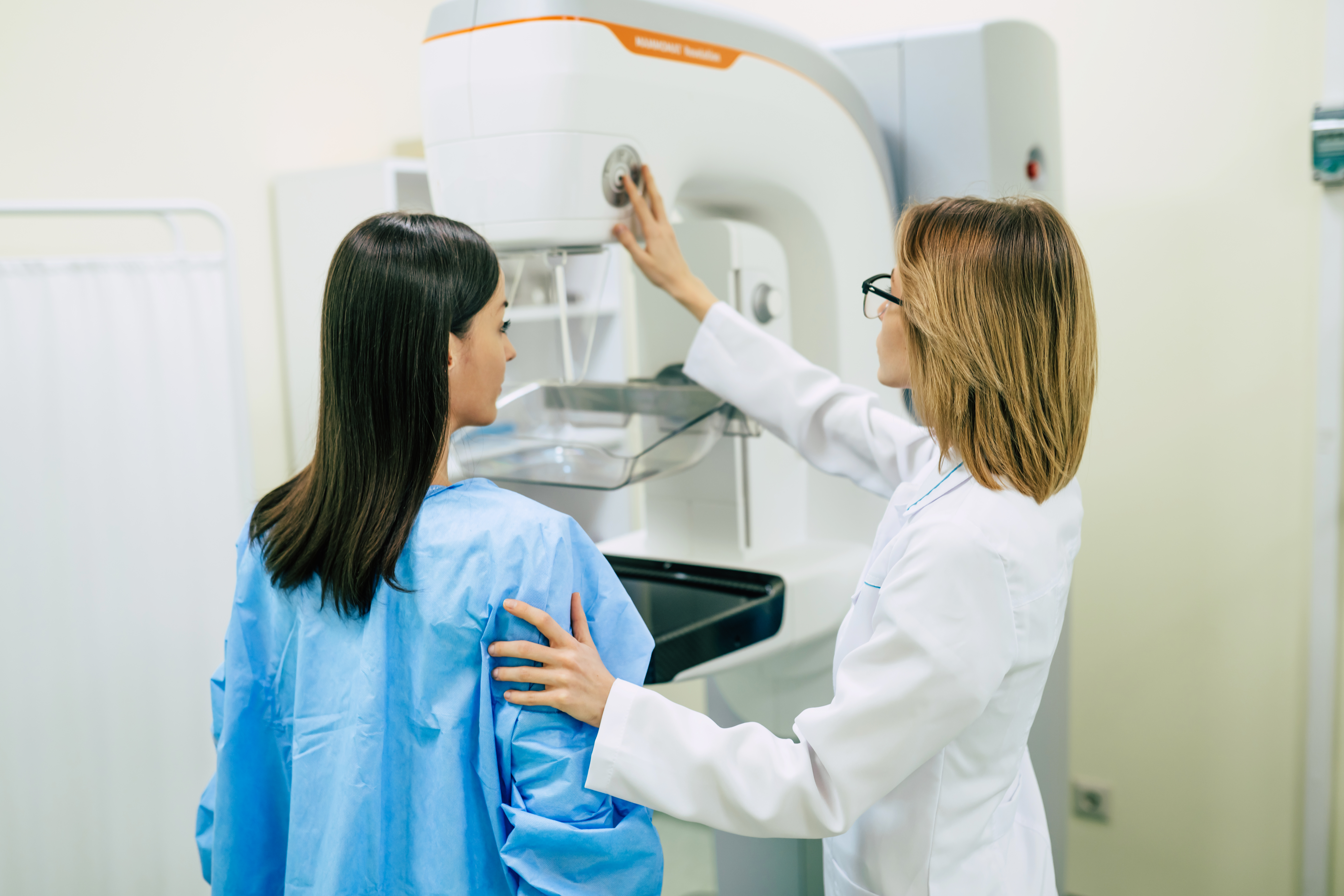For all intents and purposes, modern contraceptives began with the passionate drive of Margaret Sanger. Her mother died when she was nineteen years old. Although she died from tuberculosis, young Margaret was convinced that her mother’s demise came from having birthed eleven children and miscarried seven others. She envisioned a “magic pill” that would prevent unwanted pregnancies.
Sanger began her pursuit by fighting the Comstock Laws, which defined contraceptives as obscene and illicit “Articles of Immoral Use.” Her first victory in court led to the legalization of condoms for disease prevention. Soon after, she founded the American Birth Control League.
It wasn’t until 1953, at the age of 74, that Sanger’s dream of a “magic pill” first seemed like it might become a reality. She met Dr. Gregory Pincus, who was testing the effects of a progestin developed by Dr. Carl Djerassi on animal reproductive systems. Excited by the prospect, she brought Katherine McCormick, heiress to the International Harvester fortune, to meet Dr. Pincus. Mrs. McCormick was so impressed with what she saw that she agreed to fund his continued studies.
Frustrated with the speed of science, Mrs. McCormick famously lamented to Mrs. Sanger in a letter, “[We need] a cage of ovulating females to experiment with.”
They found their “cage” in the slums of Puerto Rico. In 1955, Dr. Pincus and Dr. John Rock, an Ob-Gyn from Massachusetts, brought their first-generation pill, Enovid, to poor women on the island promising it “would keep them from having children they couldn’t support.” However, the women weren’t informed that they were actually participating in a trial for a powerful and under-researched drug. Nor were they warned of potential side effects.
FDA Approval
The results of the trial were submitted to the Food and Drug Administration and Enovid was approved only seven years after that initial meeting in Dr. Pincus’ lab.
A few months later, the Thalidomide scandal changed everything about the FDA approval process. Thalidomide was already on the European market to treat morning sickness in pregnant women, and the makers were eager to push it through the FDA. However, the young pharmacologist assigned to the drug delayed the approval when she demanded more information. Birth defects from the drug began to appear around the globe, the FDA never approved the drug, and the United States averted disaster. In response, Congress enacted new legislation to improve the FDA’s regulatory power in the drug-approval process.
As more facts about the Enovid trial in Puerto Rico became public, questions began to arise about its validity. Appearing on Face the Nation in 1967, the new FDA Commissioner James Goddard admitted that with the facts they now had, he wasn’t sure he would approve the Pill if it were to be presented again. Even the history section of the FDA’s current site offers this, “After thalidomide, any drug with such widespread potential use in women of childbearing years would have encountered a far more cautious regulatory environment.”
A Perfect Storm
In fact, the regulatory environment had been quite lax. It later came to light that no real control group had been established for the Puerto Rico trial. Five women died during the trial, including a suicide. All were buried without autopsies, and none of the deaths were reported or attributed to the Pill. Also, while looking into ineptitude at the FDA in 1964, Sen. Hubert Humphrey discovered that the trial had been based on only 132 women for 12 consecutive months. Morton Mintz of the Washington Post reported this as a “scientific scandal… For one thing, 132 is a smaller number of women than, this year alone, will die from clotting induced by the Pill.”
In 1970, after Barbara Seaman sent him a copy of her book, A Doctors’ Case Against the Pill, Senator Gaylord Nelson turned his committee’s attention to questioning whether oral contraceptives had ever been proven safe. The Nelson Pill Hearings, as they would come to be known, discussed side effects across the spectrum, including Lupus, blood clots, cancer, and depression.
A few doctors at the hearings also explained how it was that such a potent drug could be pushed through the approval process with inadequate testing. Fears of a global population explosion led evaluators to change the benefit-to-risk paradigm to approve this drug. Rather than compare the benefit and risk for the patient, they looked at the benefit to society (reducing population growth) versus the risk to the individual woman.
Endless Cycle
New, lower dose formulations of contraceptives were introduced to the market, while Envoid and other first generation formulations were discontinued. Although these new formulations were marketed as safer, they also lacked proper testing. So began the pattern of bringing insufficiently tested drugs and devices to market, only to withdraw them once mass usage revealed their flaws.
Sale of the Dalkon Shield, an initial formulation of the IUD, began in 1971 and was suspended by the FDA in 1974. Norplant, the first contraceptive implant hit the market in 1990 and was removed in 2002. The first injectable, Depo Provera, became available in 1992 and in 2019 a group of physicians petitioned the FDA for its removal. The Essure metal coil was released in 2002 and discontinued in 2018. Fourth generation oral contraceptives, Yaz and Yasmin came out in 2000, and in 2011, the FDA commissioned a study that revealed these two drugs doubled the risk of blood clots over the already elevated risk of other hormonal birth control; the FDA then assembled an advisory panel to discuss possible action, which voted 15-to-11 that the benefits of Yaz and Yasmin outweighed the risks. However, they did vote overwhelmingly to strengthen the warnings on the patient information pamphlets.
These examples suggest either that the FDA is considering a drug’s benefit to society over the risk to the woman when approving dubious products, or that it views pregnancy akin to illness, worth avoiding so much that it’s worth prescribing potentially dangerous products to perfectly healthy women.







